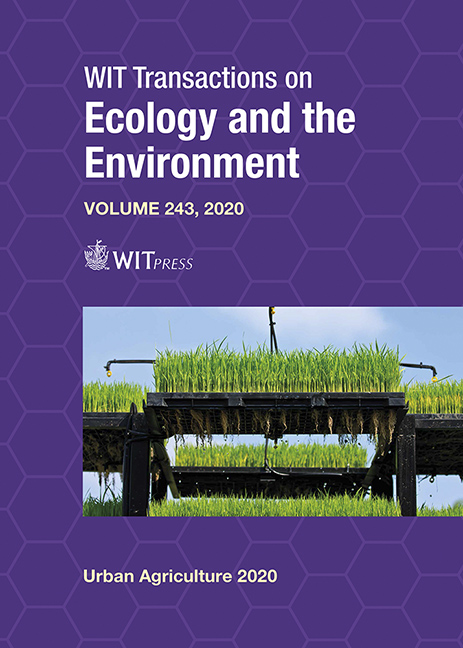SHORT FOOD SUPPLY CHAINS IN BARCELONA’S MARKETS
Price
Free (open access)
Transaction
Volume
243
Pages
10
Page Range
15 - 24
Published
2020
Paper DOI
10.2495/UA200021
Copyright
WIT Press
Author(s)
XOSÉ ANTÓN ARMESTO-LÓPEZ, MARÍA BELÉN GÓMEZ-MARTÍN, MARTÍ CORS-IGLESIAS, EMILIO MARTÍNEZ-IBARRA
Abstract
The relationship between the city of Barcelona and the surrounding countryside has always been partly responsible for shaping the territory. Throughout history, the supply of food to the city has been shown to be the principal vector connecting these two settings. Within the city of Barcelona, food supply was traditionally linked to its immediate hinterland. However, starting in the 1960s, with the adoption of the productivist agricultural model, the commercial range became greatly expanded. Together with other factors, this seriously threatened much of the city’s agrarian hinterland. In recent years, this has started to change. Given the increased geographical mobility of the population and the lack of knowledge of the agricultural world, tendencies to revalorise the environment and the territory surrounding the city have emerged. These movements are committed to maintaining farming activity and heavily promote local consumption. In this work, we study how “local food” is represented in one of the most important examples of the traditional commercial fabric of the city of Barcelona: the municipal markets. To this end, we selected a sample of the 39 food markets in the city and identified the stalls that sell this type of produce. We established a typology of products, of traders according to their interest and involvement, and of consumers. Our results show that, although local produce is advertised in many of the stalls in the markets we visited, there is considerable variation in the concept of “local”, in the quantity and type of food products on offer, and in both the commitment of the traders to local produce and the consumer demand for it.
Keywords
local food, urban municipal markets, Barcelona





